True Crime Photo Gallery
See Also:
Famous Crimes Vol I Gallery
Famous Crimes Vol II Gallery
Deadly Hero Photo Gallery
All Links Open in New Window
Albert “Hoff’ Frederick George Vereneseneckockockhoff
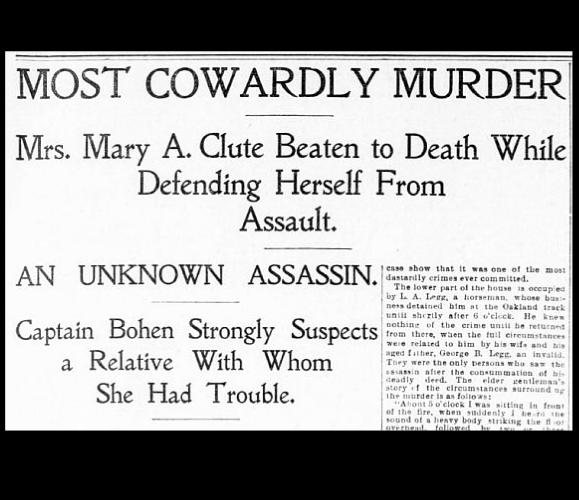
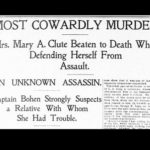
Above, the newspaper headline from the San Francisco Call the day after socialite, Mary A. Clute, was killed by handyman Albert Frederick George Vereneseneckockockhoff on the evening December 15, 1898.
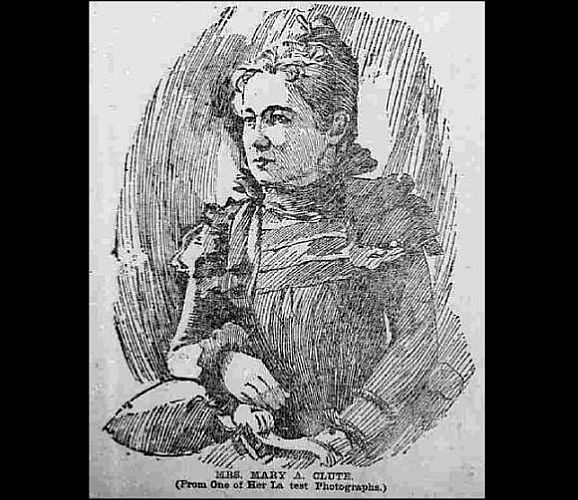
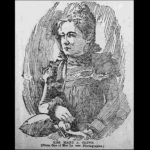
Mary A. Clute, popular San Francisco resident, murdered by her handyman at her new apartment on December 15, 1897.
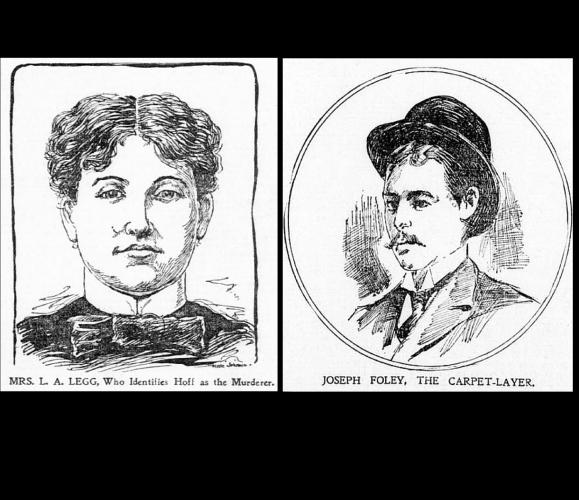
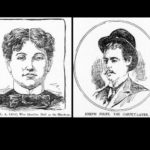
Carpet layer, Joseph Foley and his clients, a Mrs. L.A. Legg and her father-in-law, heard the death screams of Mrs. Clute from the apartment above. Upon investigating, they saw her handyman, Albert Vereneseneckockockhoff, leave the building with his tools in a bag slung over his shoulder. They called out to him but he pretended not to hear them.
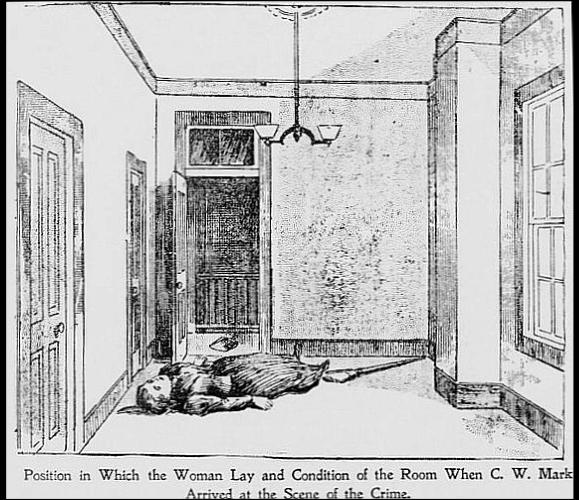
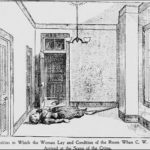
Artist depiction of the crime scene inside Mary Clute's apartment at 803 Guerrero Street, which she was in the process of moving into. The Guerrero Street apartment was empty at the time and Mrs. Clute was having work done to get it ready. Her death screams were heard by two three people in the apartment below hers. With additional help from a neighbor, they found Mrs. Clute's body in a back room. Her face was covered in blood from a gaping hole in the back of her head. The murder weapon, a railroad coupling pin, was found nearby.
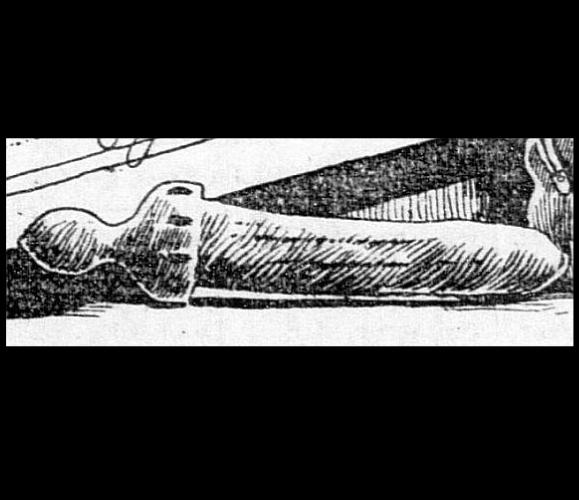
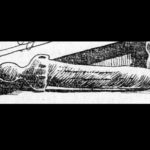
Also covered in Mrs. Clute's blood, the railroad coupling pin was a perfect match to the wound impressions found on her skull.
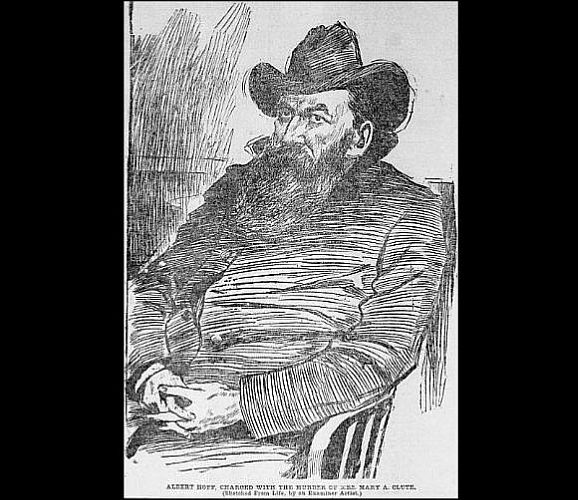
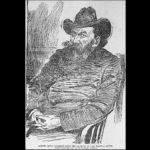
The next day, December 16, Albert Hoff turned himself over to police after he said he read about the murder in the newspaper and discovered that he was the prime suspect. He was described by storytellers at the time as a short man, thick bodied, with longer than normal fingers, having no neck, and a long, dirty, scraggily beard that smelled of liquor.
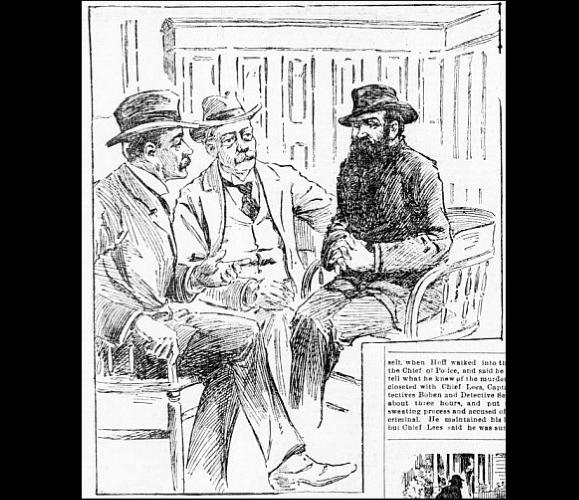
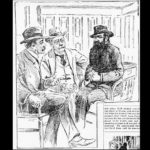
During his interrogation, Hoff denied having anything to do with Mrs. Clute's murder. He swore then and to his death that he was innocent. While being questioned, detectives saw a circular bruise on his left palm. One end of the railroad coupling pin matched in diameter and shape to the wound. He denied the pin was his, but other clients told reporters and the court that they had seen him with it when he did work at their residences.
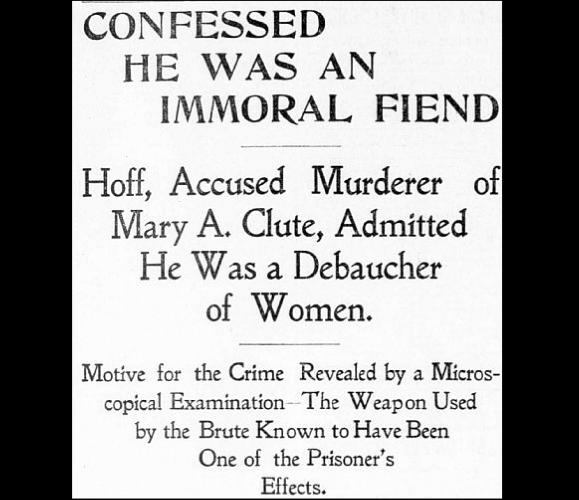
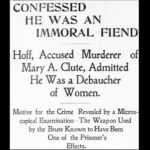
After Hoff's name and image were published in newspapers in San Francisco and throughout the west, some of his fellow handymen came forward to tell police that he often bragged of how he sexually molested some of the women who employed him to work in their home. One woman came forward to tell her story to police, saying she never reported the crime for fear of embarrassment.
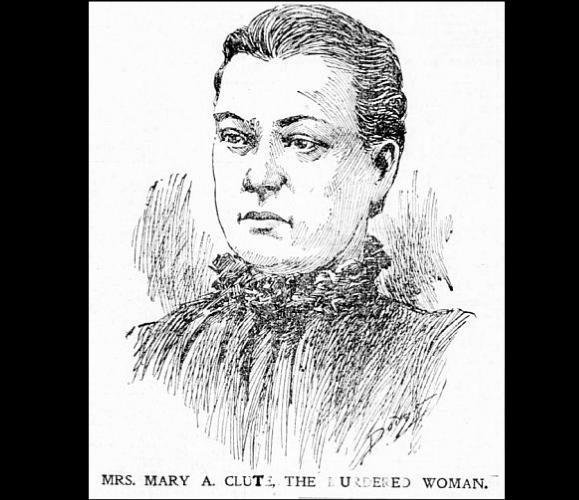
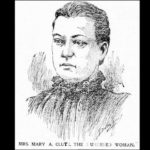
Another portrait of murder victim, Mary A. Clute. Her husband was a traveling salesman for a Pierce's Baking Powder company, and was away at the time.
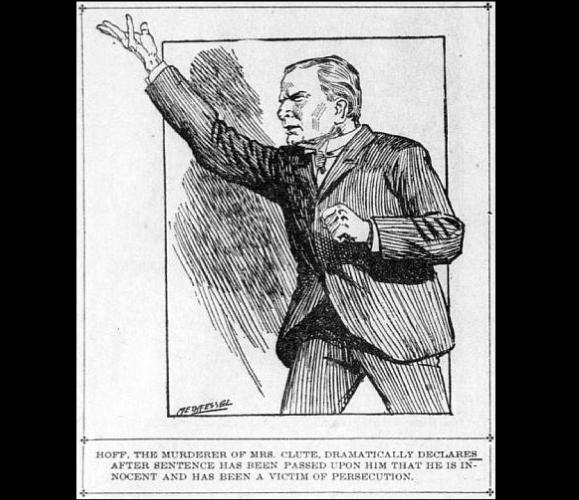
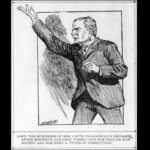
After he was sentenced to death during his first trial in 1898, Albert Hoff's lawyers appealed and won a new trial based on the trial judge's faulty instructions to the jury. Albert 'Hoff' was again found guilty, but received a life sentence which he served at Folsom and later, San Quentin. After being found guilty, he cursed others in the courtroom and proclaimed his innocence, despite the evidence and witnesses who saw him leave. His second conviction came on December 15, 1900, the three year anniversary of Mary Clute's murder. Notice his clean appearance for his trial. His hair was cut and combed, and his monstrous beard shaved off.
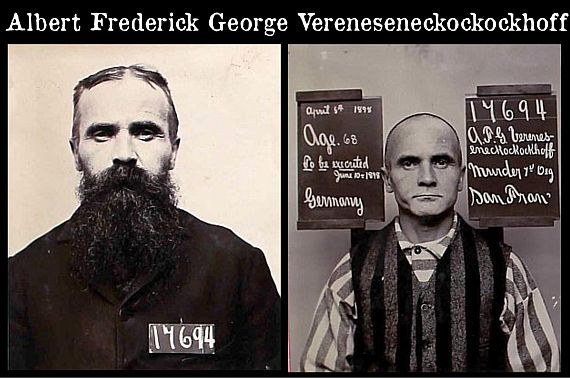
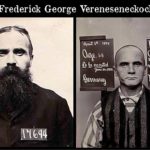
Albert "Hoff's" mug shot from San Quentin State Prison, taken before his second trial where he was given a life sentence. The 1910 US Census reports that he was an inmate at Folsom Prison
Cordelia Botkin
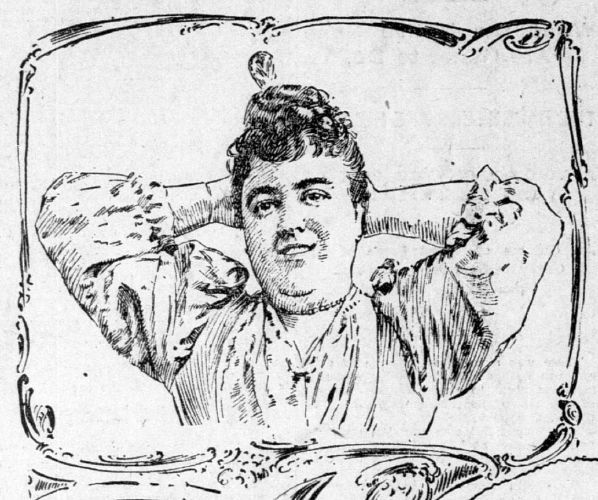
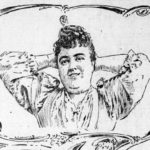
Mrs. Cordelia Botkin loved to have her photo taken and said she had poised for more than 100 photographs. The San Francisco newspapers took note of her vanity and published three of them.
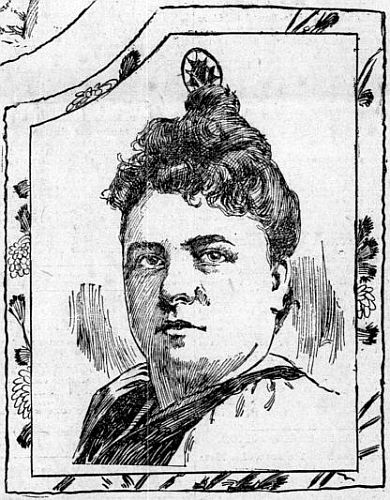
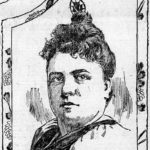
Cordelia Botkin, In 1895, she began an affair with Associated Press newspaper reporter and editor JP Dunning who had recently arrived in San Fransisco with his wife and children. He immediately fell into gambling, drinking heavily, and chasing women. Botkin was just one of his reported three extra-marital affairs.
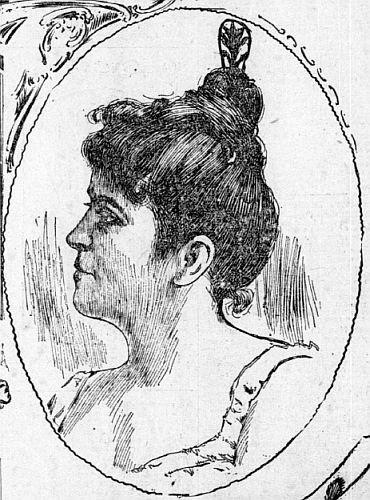
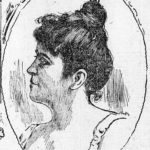
Cordelia Botkin in another of her vanity poses.
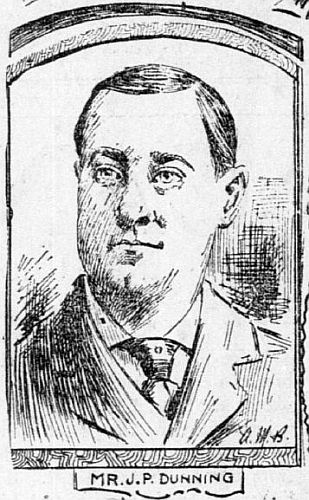
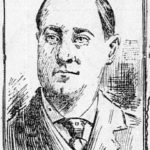
John P. Dunning. Tired of witness his debauchery, Mrs. Dunning, a beautiful, kind, caring and sweet woman, returned to Delaware with her children where her father was a congressman.
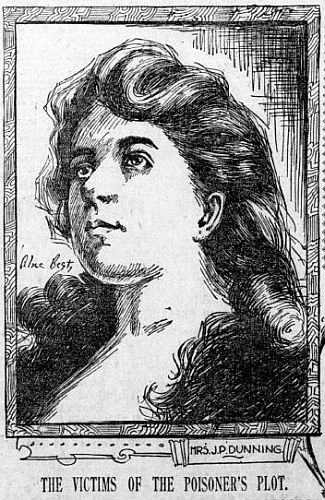
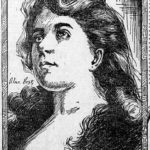
On August 9, 1898, Mrs. Dunning received a beautiful package filled with arsenic poisoned bon-bons. Six people ate candy from the box, two of them died including Mrs. Dunning and her sister, Mrs. Deane. The other four recovered.
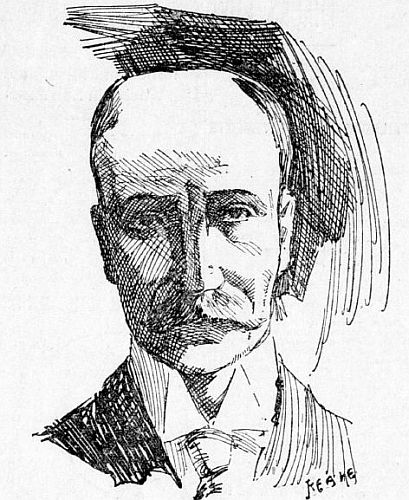
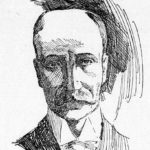
At her trial, which began on September 6, drugstore proprietor Frank Grey testified he sold arsenic to a Mrs. Bothin who insisted she needed the poison to bleach a straw hat. When he recommended better products for that purpose, she refused him, and purchased the poison. Other witnesses and circumstantial evidence presented at trial proved overwhelming and on December 30, she was found guilty.
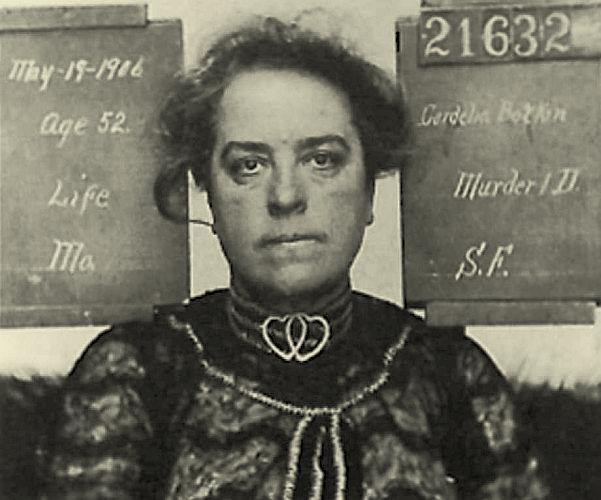
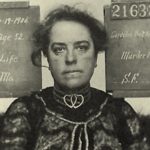
Cordelia Botkin's least favorite photograph. She received a new trial in 1904 and was again found guilty. Her former lover, John Dunning, died in 1908, penniless. While in jail and prison, she received extraordinary privileges in exchange for sexual favors with her guards and officers. Photo Courtesy of California State Archives.
Serial Killer Stanley Everett Rice
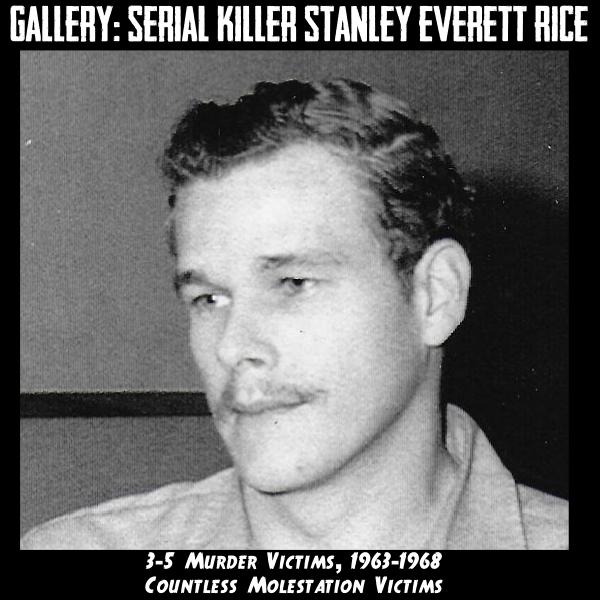





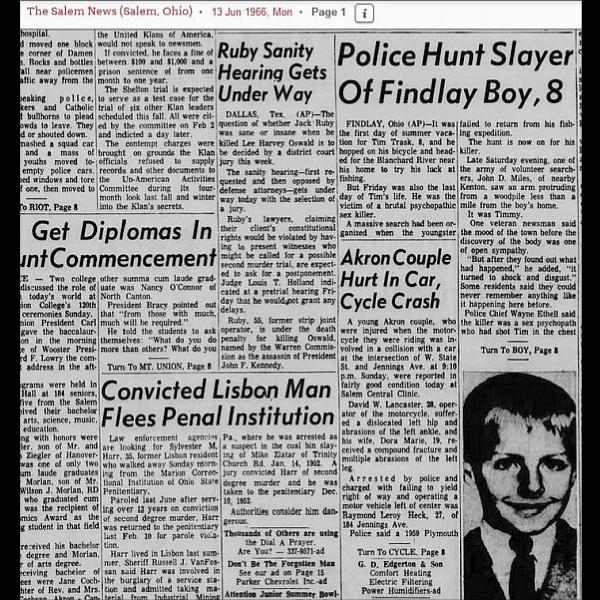
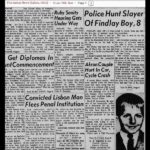
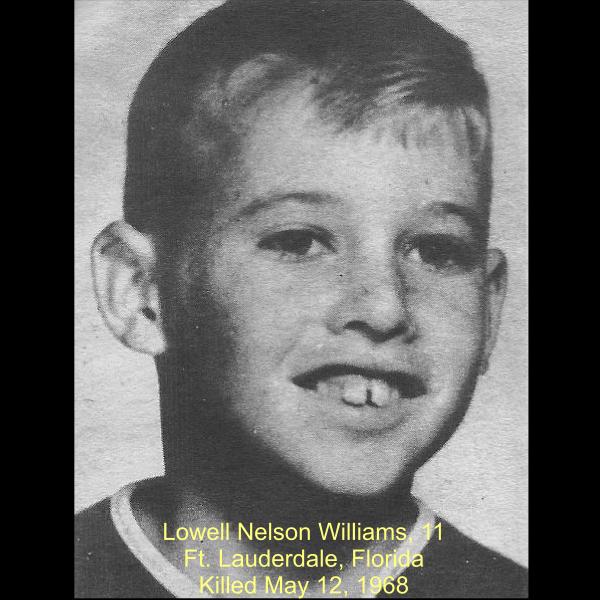
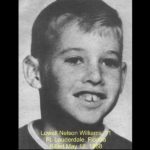

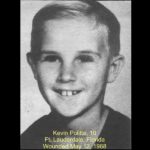
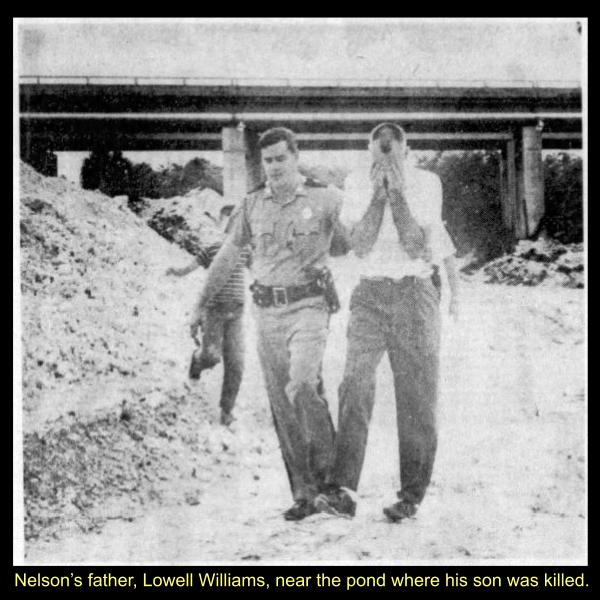
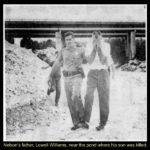
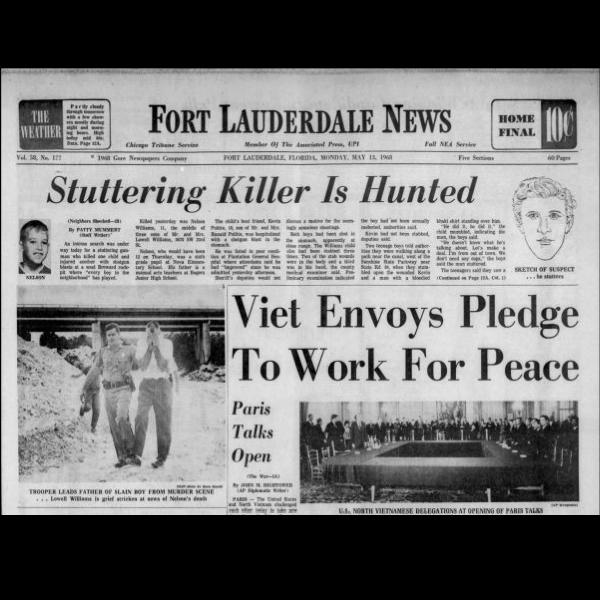
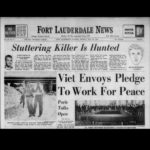
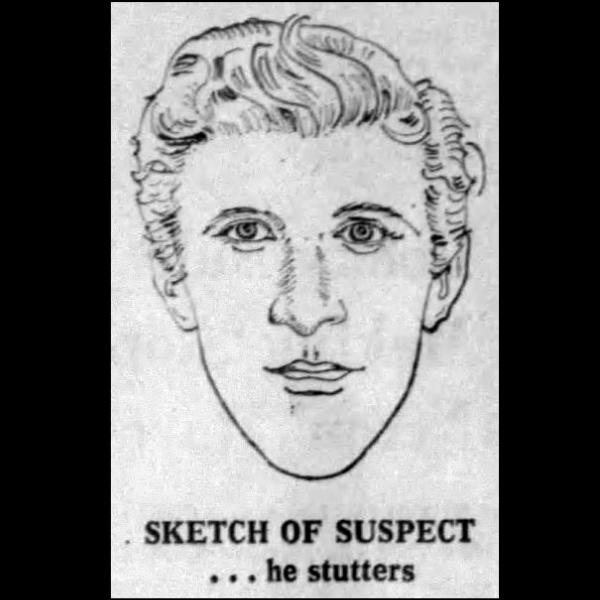
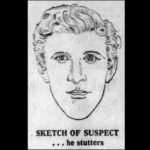
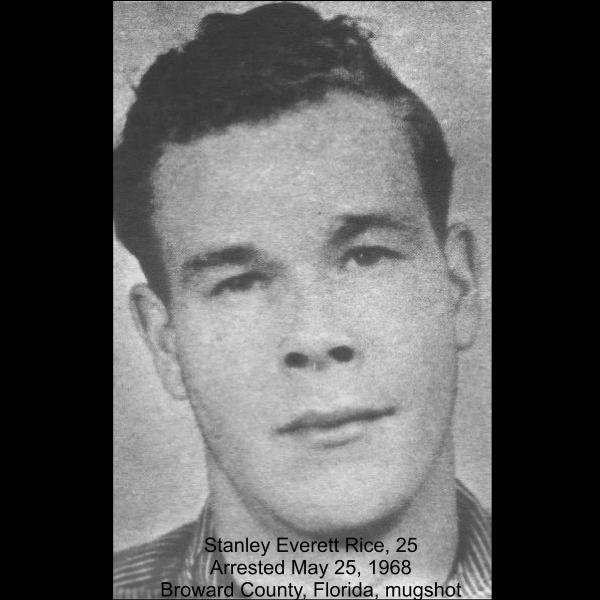
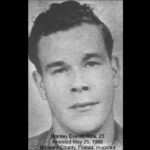
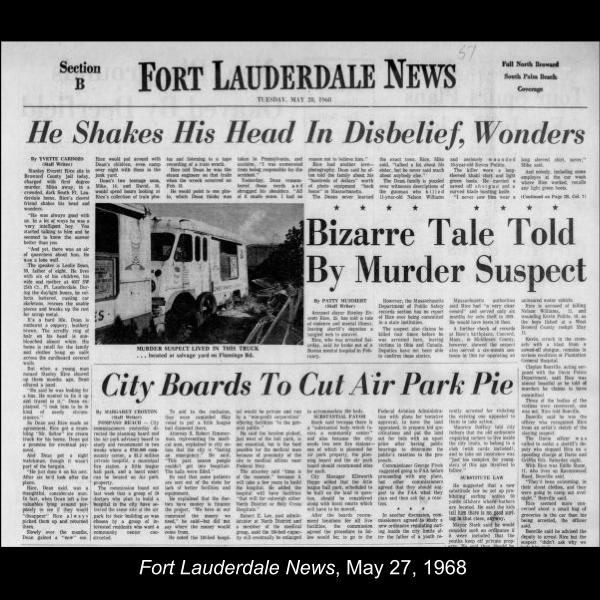
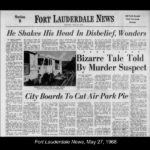
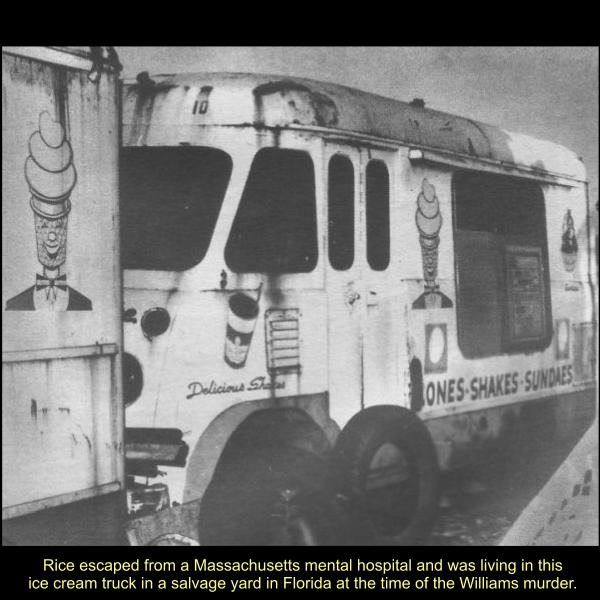

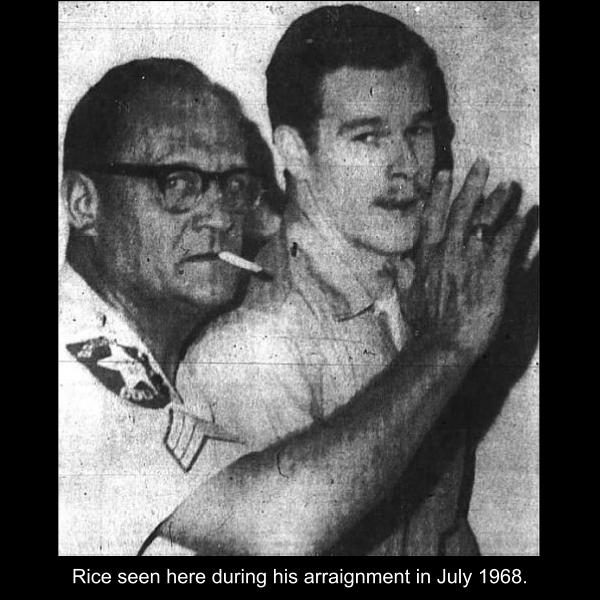
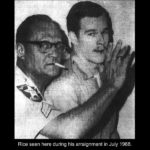
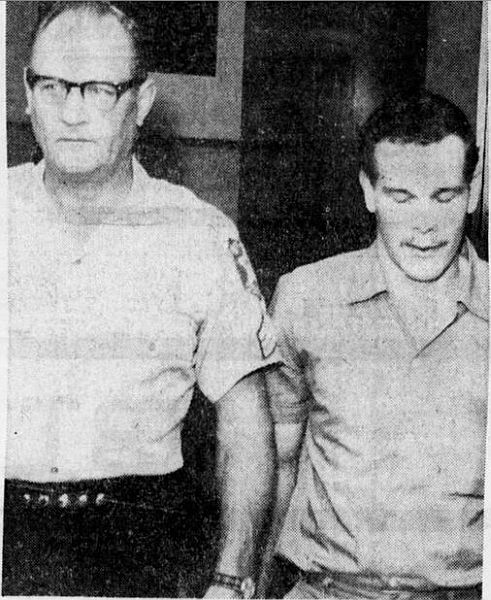
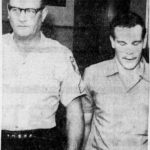
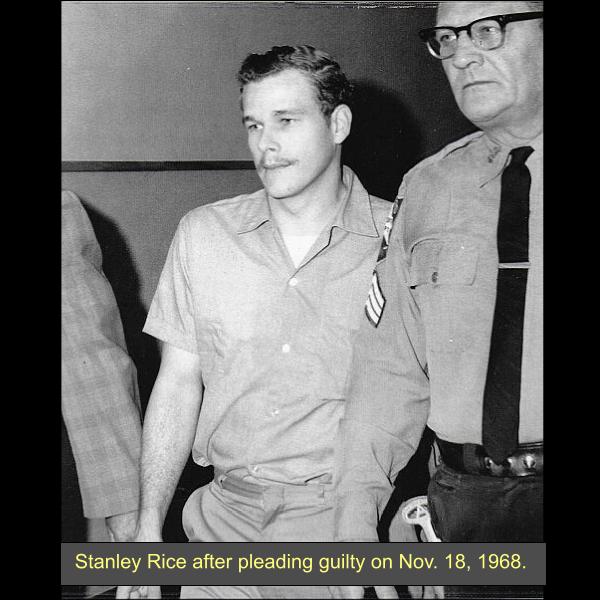
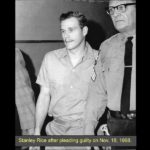




The Broderick-Terry Duel
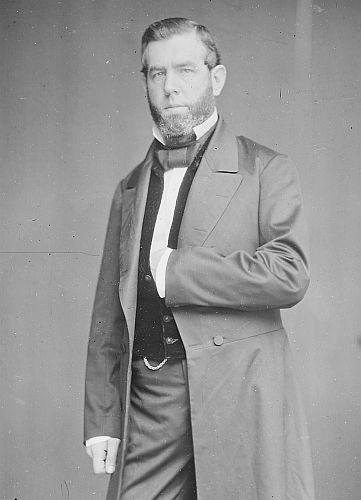
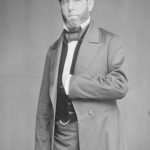
Senator David Broderick
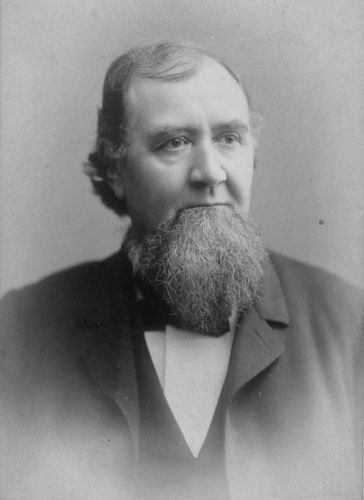
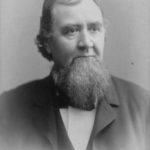
David S. Terry
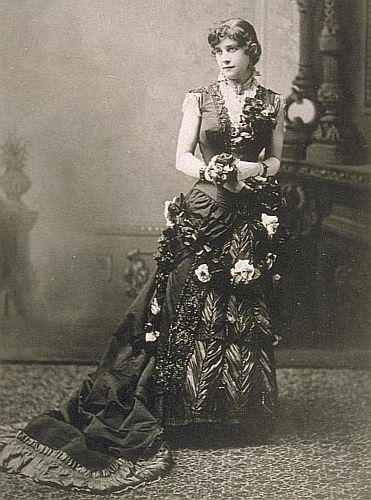
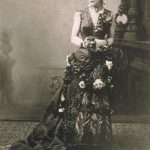
Sara Althea Hill Terry
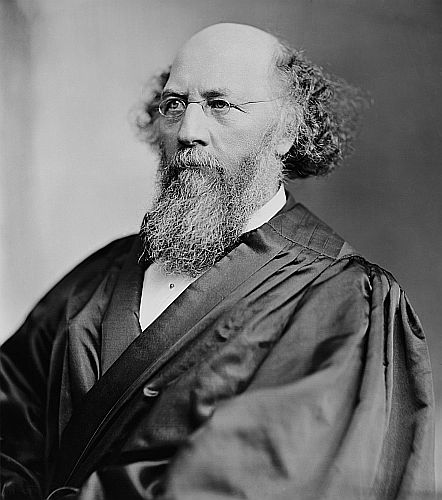
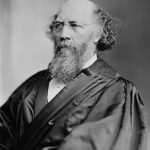
Justice Stephen Fields
King of Forgers Charles Becker
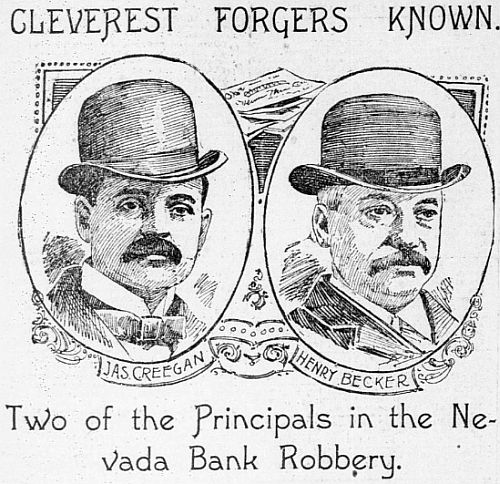
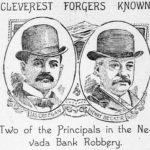
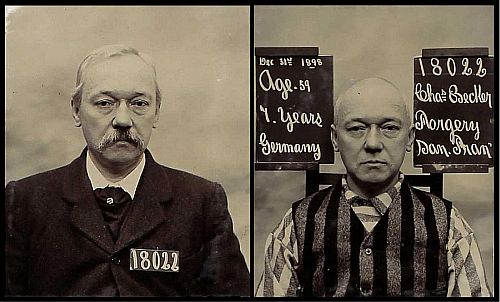
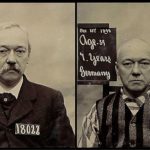
Martha Bowers
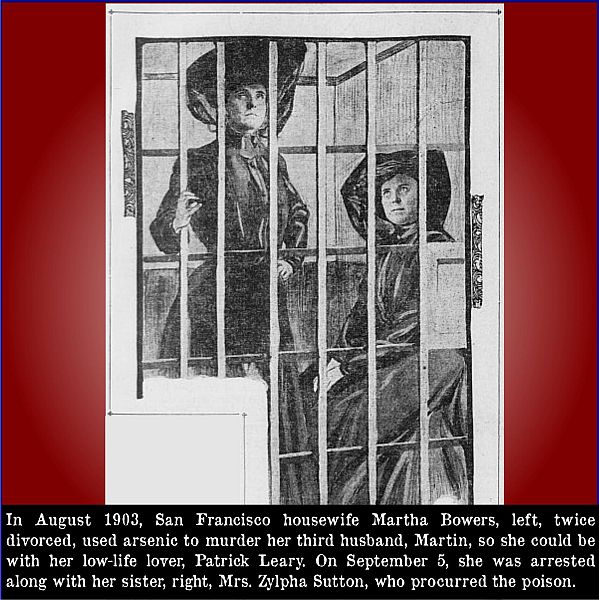
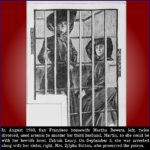
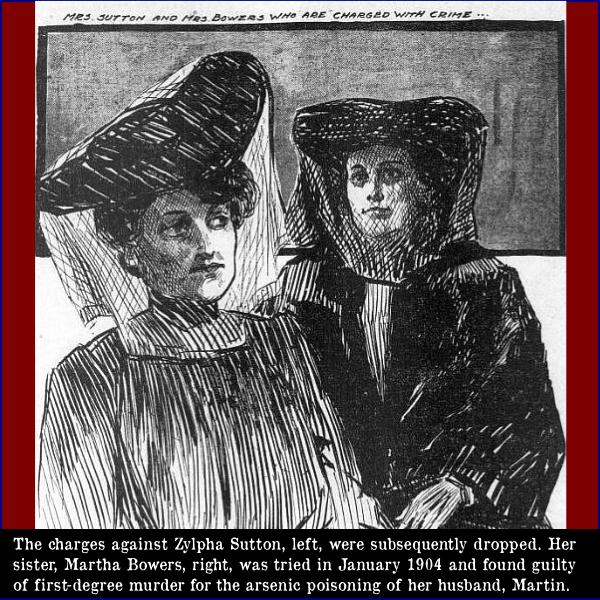
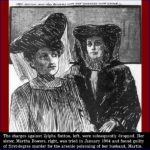
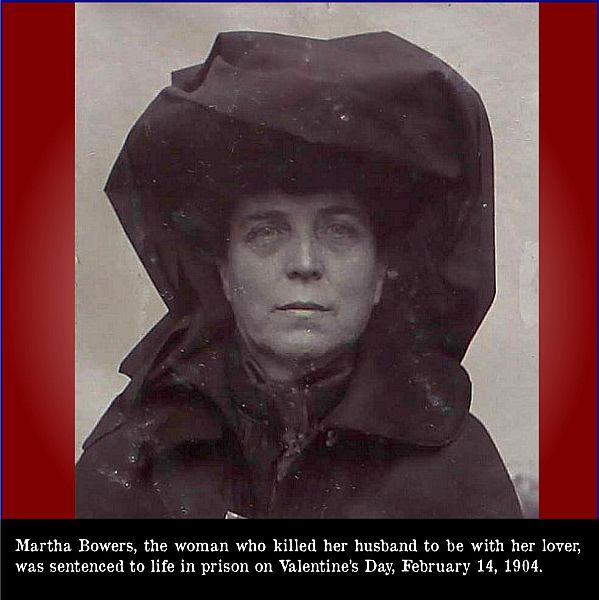
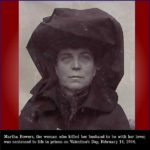
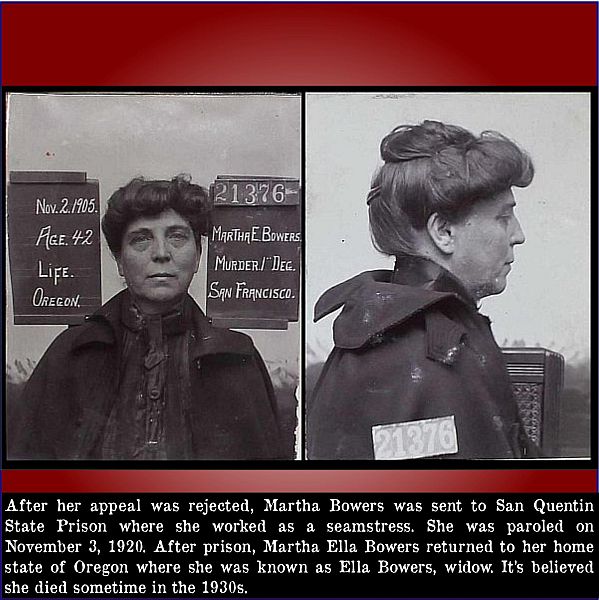
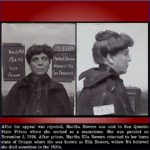
The San Francisco Gas Pipe Murders
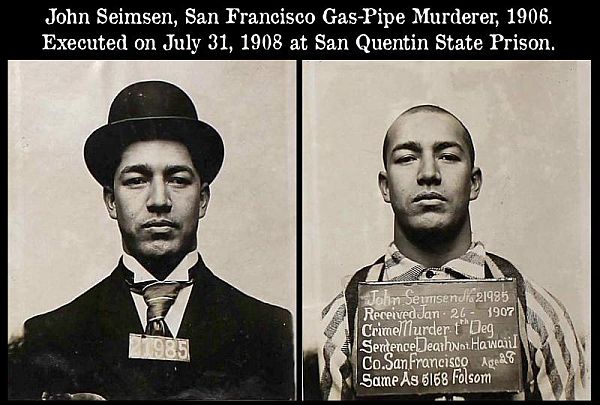
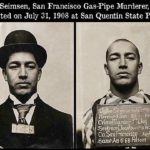
John Seimsen, San Francisco Gas-Pipe Killer, 1906
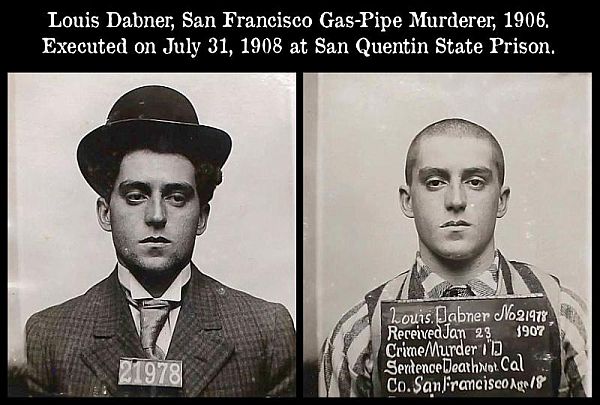
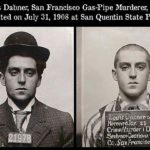
Louis Dabner, San Francisco Gas-Pipe Killer, 1906
Sontag & Evans
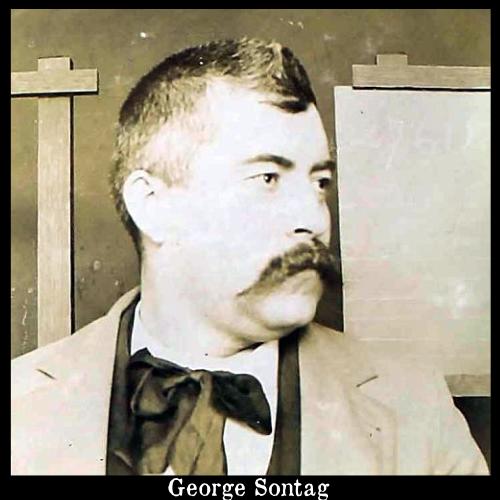
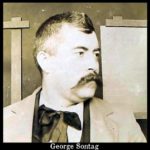
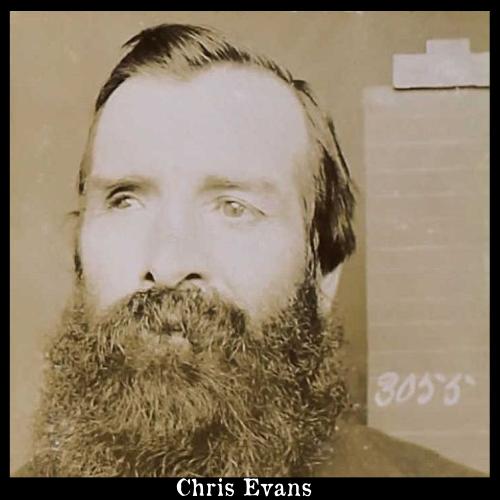

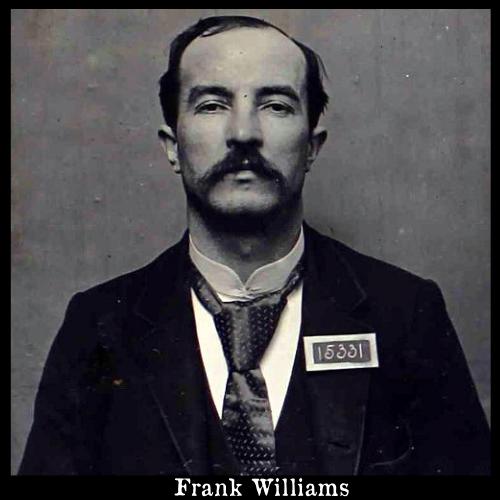
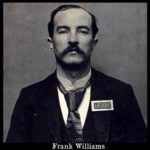
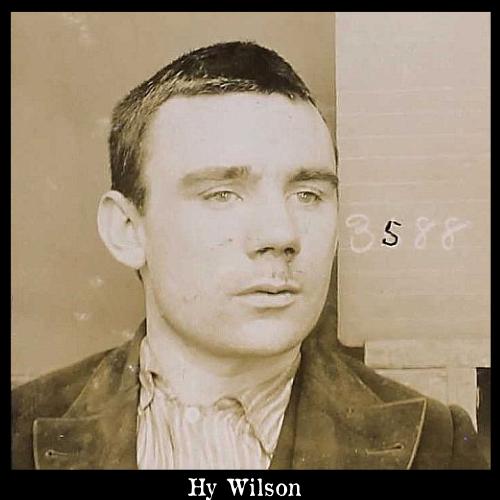

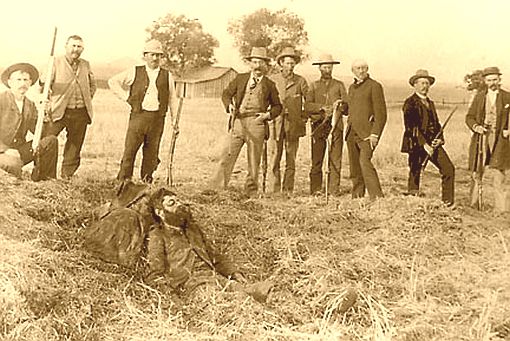
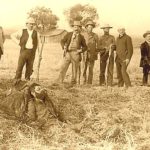
George Sontag wounded and finally captured. He was imprisoned and pardoned in 1908. Later, he wrote a book, A Pardoned Life, with the help of a ghost writer. In it, he cautions others against the life he led. He died in 1930.
Super-Outlaw Harry Tracy
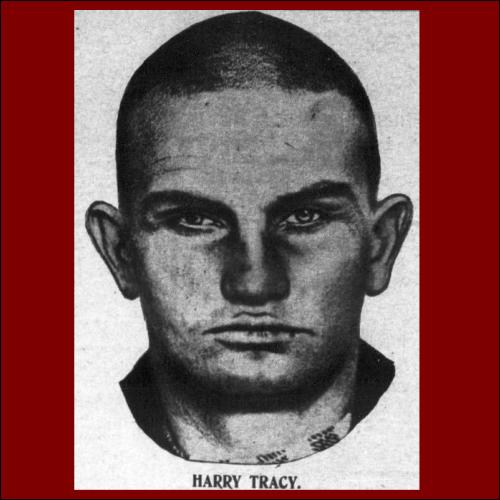
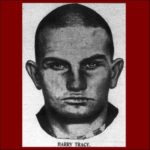
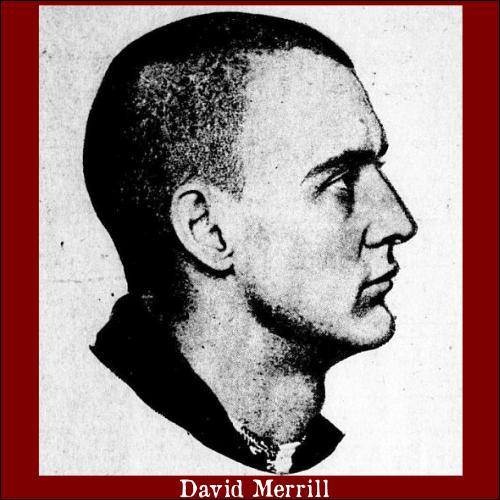

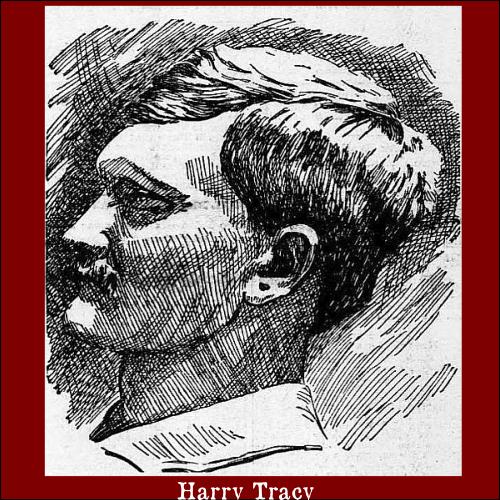
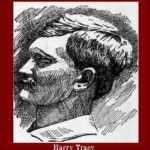
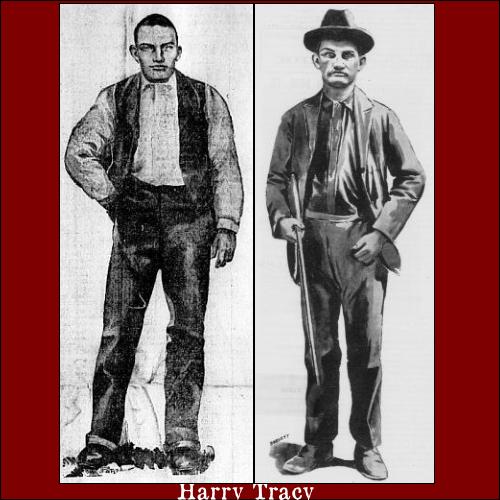
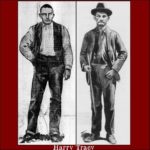
William Goebel










Elsie Sigel
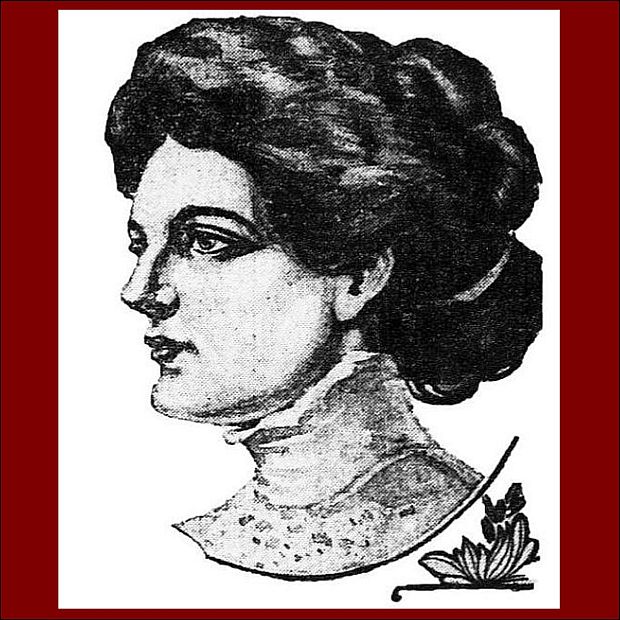
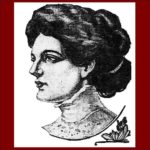
Elsie Sigel was the nineteen-year-old granddaughter of famed and respected Civil War General Franz Sigel. In 1909, she was working with her mother as a Christian missionary in the Chinatown district of New York City. While helping her mother, she began love affairs with two Chinese men, Leong Lung, alias William Leon, and Chu Gain.
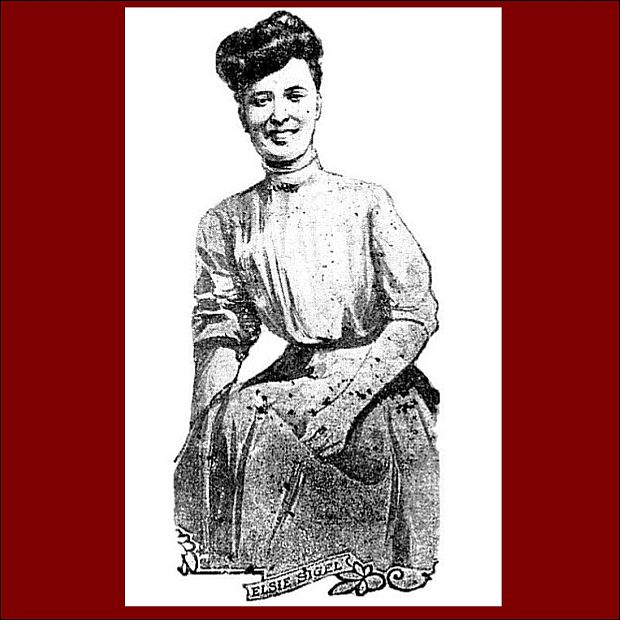
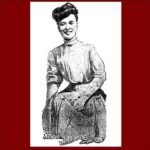
On June 9, 1909, Elsie went missing. Knowing of her affair with Leon, her family did not report her disappearance to police. This would have attracted the attention of newspaper reporters who might have uncovered her relationships, and brought shame to the family.

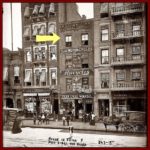
On approximately June 15, Leon's uncle, who owned a 'Chop Suey' restaurant on the third floor of a four-story building at 782 8th Avenue, reported to police that his nephew, William, had not been seen in six days. When he attempted to enter the boy's apartment, one floor above the restaurant, the door was locked and no one answered his repeated attempts at knocking. Also missing was Leon's roommate, Chong Sin. A police officer was dispatched to the scene to investigate and he was able to force the door open.
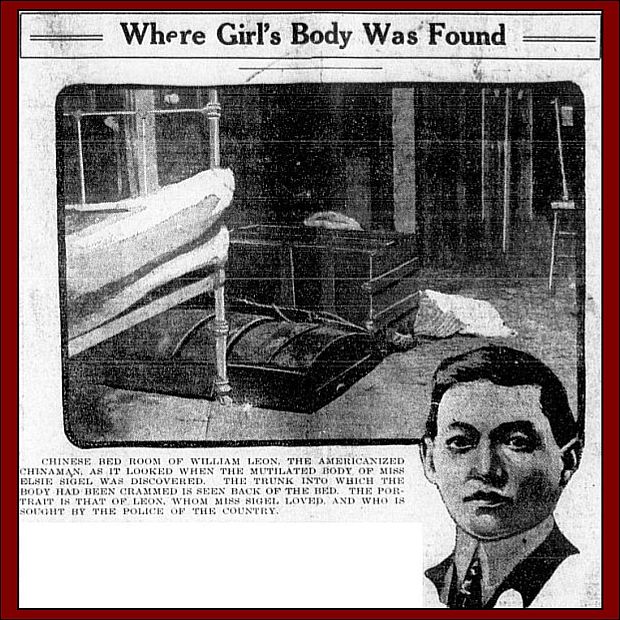
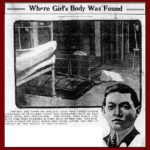
With the exception of a bed and a trunk bound with rope (evidently prepared for shipping), the room was vacant. After removing the rope, the officer opened the trunk and found the almost nude body of a well-formed young woman soon identified as Elsie Sigel, Leon's girlfriend. The body was doubled up, wrapped in a sheet, and inside the trunk for seven days.
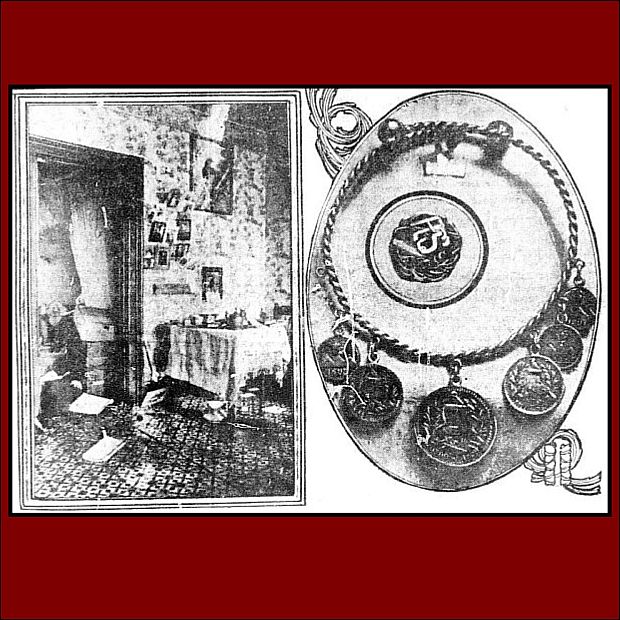
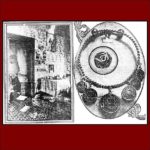
Elsie Sigel's killer had strangled her to death with a cord from a window shade. At the time of her death, Elsie was wearing a gold necklace and pendant inscribed with the letters "P. C. S."-an item that may have once belonged to her father, Paul Sigel. Investigators found another piece of her jewelry in the room, a bracelet bearing the initials "E. L. S." Her mother later identified the jewelry as those worn by her daughter.
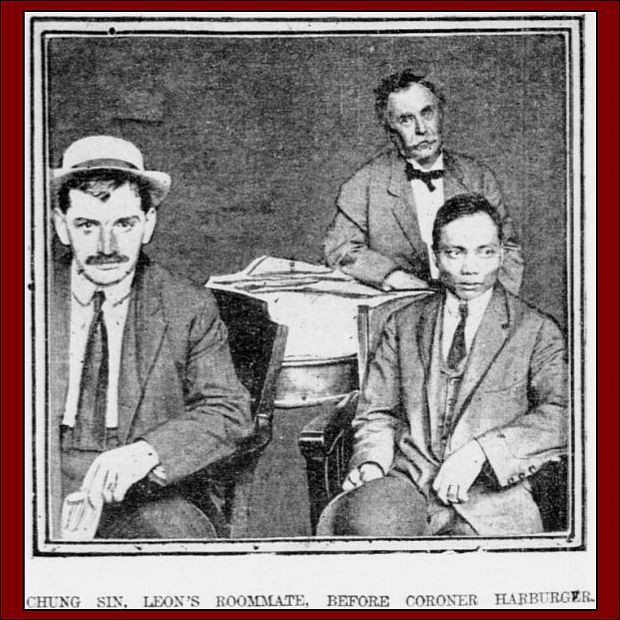
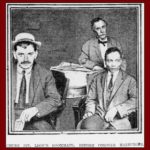
Police soon located roommate Chong Sin and held him as a material witness. He gave them a statement claiming he witnessed William Leon murder Elsie Sigel in his apartment on the morning of June 9. William Leon, Sin explained, was insanely jealous of Elsie's new relationship with Chu Gain, who feared Leon. Meanwhile, news of Elsie's murder and the manhunt for William Leon was published in newspapers coast-to-coast. This fed the public's disdain for Chinese, and "set off a wave of anti-Chinese hysteria, as well as suggestions that the murder was Sigel's own fault." (Wikipedia).
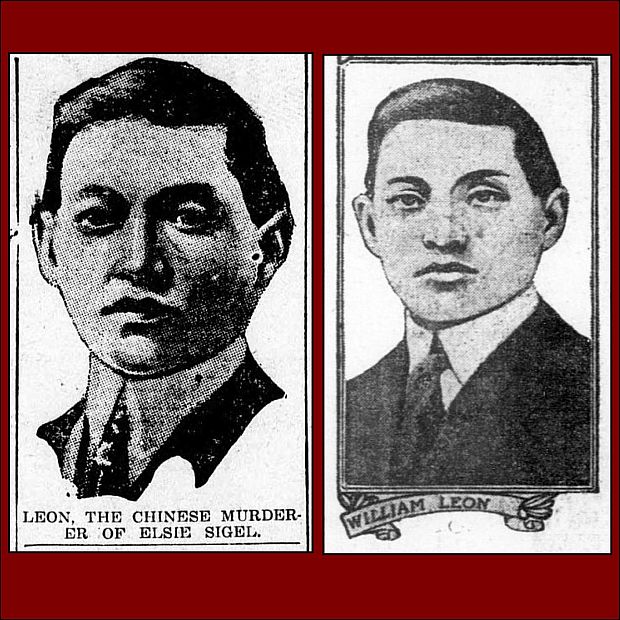
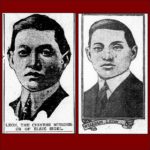
Despite the nationwide manhunt for William Leon, and reported sightings of him in Cuba, Texas, and other places, he was never captured. His disappearance remains a mystery.
Many more photo galleries coming soon.
—###—


